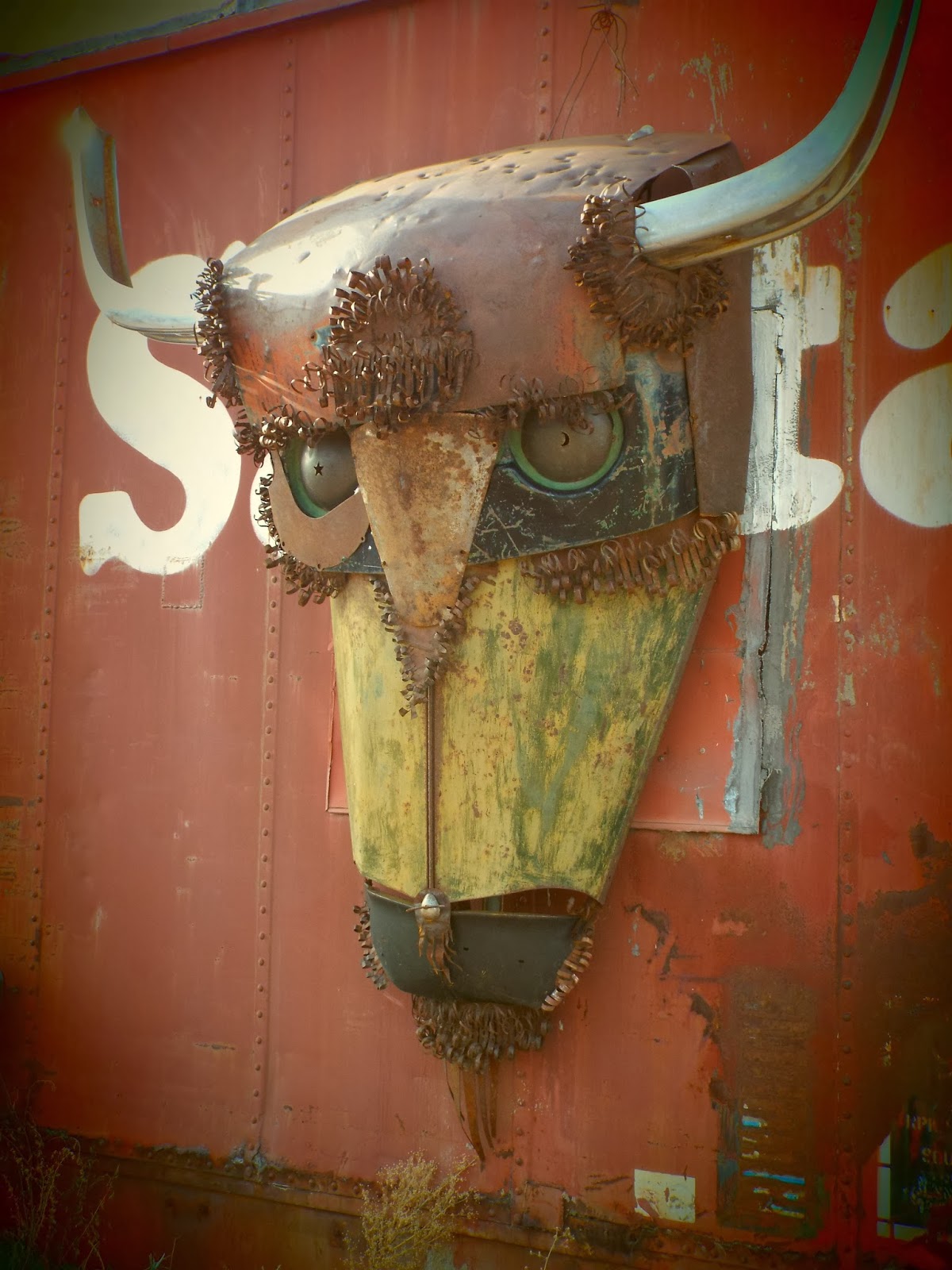In Search Of American Culture
‘America has no culture.’ exclaimed a fellow student of mine while walking to a U-bahn station in Frankfurt. We were in a German immersion class together, and until then, our conversations were confined to small talk and pleasantries in basic German. Therefore, I was somewhat startled by such bluntness of her statement.
Then again, it was a bald sentiment I’ve heard many times throughout my travels and while living abroad. Even if people are aware of American culture, one that most people around the world are familiar with is American popular culture from the Hollywood movies, television and music, that of a country where everyone eat at McDonalds, get their caffeine fix at Starbucks, listen to Michael Jackson and go to Disneyland on vacations.
The supposed lives of Americans are broadcasted and displayed on popular TV shows such as Friends, Sex and the City and Beverly Hills 90210, so much so that even someone who lives in a little village in the middle of Swiss Alps can feel like an expert in American culture or claim that we do not have one.
However, America is a country built on rich heritage and culture with history that rivals that of any ancient civilization. Thousands of years before Europeans landed in America, there were indigenous people, the ancestors of modern Native Americans. In fact, by the time Christpher Columbus arrived in the 15th century A.D., there were more than 50 million people already living in the Americas.
Since the end of the 15th century, the migration of Europeans to the Americas has led to centuries of conflict and adjustment, and as our history books tell us, many of these Native Americans were driven out of their habitat, from their environment and lives which they were accustomed to.

Today, there are few areas in the United States where history, traditional cultures and heritage of Native Americans can be seen. Those who have endured and survived the ardous history reside mostly in Alaska, Oklahoma, Arizona, Utah and New Mexico. New Mexico is home to 22 tribes, which includes the Navajo Nation, Jicarilla Apache, Mescalero Apache, and 19 pueblos. Each tribe is unique and they have their own traditional language, customs, history and culture
Every time I visit New Mexico, I enjoy witnessing first-hand the living traditions and culture of America’s Native communities and seeing the reminders of their ancient presence: cliff dwellings and pit houses, kivas (underground ceremonial chambers), abandoned cities along ancient trade routes, and symbols etched in rock.
It’s an opportunity for me to learn about the community and people that the history books and media rarely mention, a living culture whose lives are illustrated in the intricate arts and crafts. It tells the poignant and courageous stories of their lives and the centuries-old traditions of their ancestors, and it’s a reminder that America is not a country of hamburger eaters, coffee drinkers and mass consumerism but a place of ancient civilization and culture.
 |  |

Favorites in New Mexico:
Holiday Specials:
- Christmas at the Palace – welcomes visitors into the historic charm of the Palace of the Governors for hot cider, cookes, and live musical performances
- Farolitos – In New Mexico, the
lights of Christmas are most commonly small brown bags that contain a
lit candles supported in sand. The lights, which were originally placed
outside to welcome the baby Jesus into the world, outline buildings and
walls along Canyon Road in Santa Fe on Christmas Eve. Visitors are
welcome to walk along the road, stopping for hot cider or to sing a song
around a luminaria, farolito or bonfire.

 |  |
 |  |
- La Pastorela & Las Posadas –
Franciscans who traveled along El Camino Real into New Mexico brought
with them La Pastorela (the shepherds) to teach the story of the birth
of Christ and lessons in Christian principles. La Posadas tells the
story of Mary and Joseph seeking shelter before the birth of their baby,
Jesus. The performance in Santa Fe (Saturday in mid-Dec) is held
around the Plaza.
- Marionettes – created by Santa Fe artist Gustave Baumann at Chirstmas for his daughter. Their performance became so popular among family friends and others that the performances had to be moved from the Baumann living room to the St. Francis Auditorium at the New Mexico Museum of Art (Sunday before Christmas 1-4pm)
- The Music of the Pueblos (Dec. 24- 28) –
Many pueblos celebrate the season with dances that merge their own
ancient beliefs and that of the Spanish
- The Nutcraker Ballet in the Land of Enchantment – The classic music of Tchaikovsky will accompany a re-imaging of the story to include New Mexico heritage and traditions lavish western Victorian-era costumes, and never-before-seen pyrotechnics in the ballet’s classic battle.
- Nutcracker on the Rocks – Keshet Dance Company’s local and national award-winning rock ‘n’ roll rendition of the cloassic holiday tale.

























0 comments:
Post a Comment